23 Safari Words and Phrases You Should Know
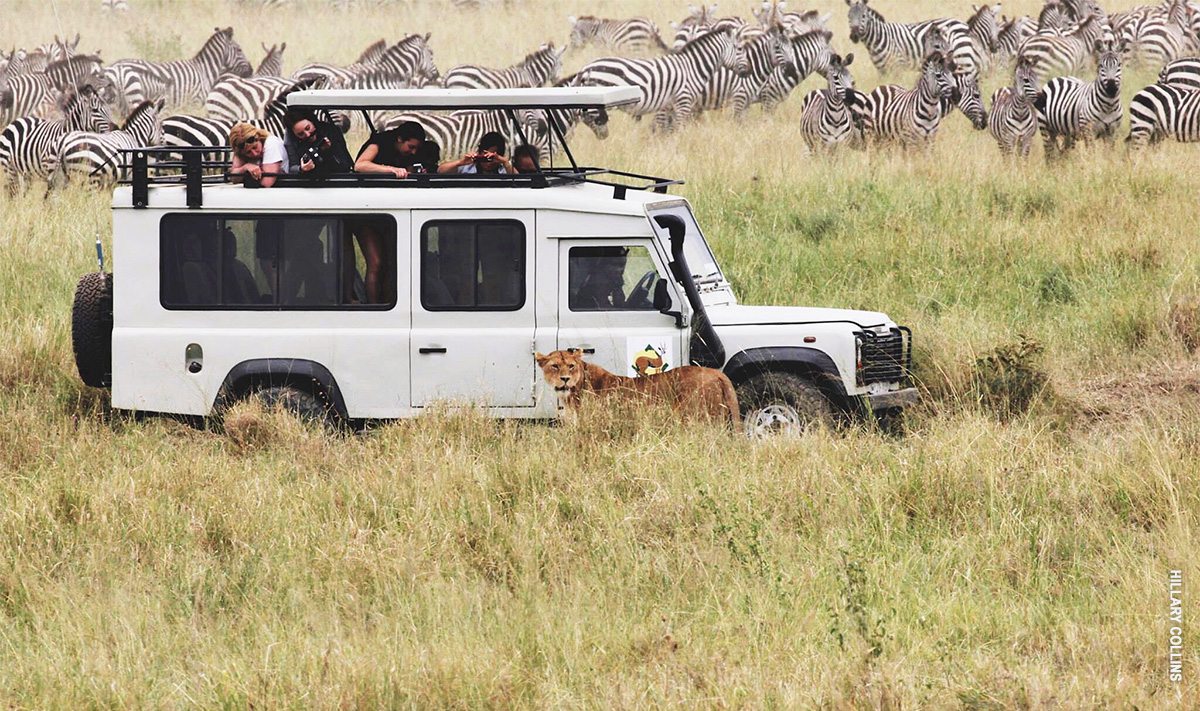
On your safari, you are going to hear words and phrases you may never have heard before and might not understand. To be as prepared as you can, we recommend studying up on some basics before heading out. A little language prep goes a long way in preparing you for the sights, sounds and sensations you’ll encounter in the bush.
Here are 23 basic words and phrases you should know to make the most of your safari.
Common Swahili Words and Phrases
While it’s nice to know a little Swahili, you don’t need to utter a syllable to have a memorable trip. Thomson guides and camp staff speak English and will have no problem conversing with you on wildlife drives and at camp. Still, some words and phrases have become mainstays of safari vernacular. Maybe you will recognize a few of them from the “Lion King”!
Asante sana
[ ahSAHN-tay SAH-nah ]
“Thank you very much.”
Hakuna matata or Hakuna shida
[ hah-KOON-ah mah-TAh-tah, hah-KOON-ah SHE-dah ]
Both mean “No problem,” but in practice, it’s more common to hear Tanzanians say hakuna shida. Hakuna matata was popularized by the “Lion King.”
Jambo
[ JAHM-boh ]
“Hello.”
Nyumba
[ knee-YOUm-bah ]
“Home.” It’s what we call the eco-friendly tented camps where guests stay on their safari. Designed exclusively for Thomson, these comfortable accommodations keep you close to the wildlife while offering queen-sized beds, freshly pressed sheets and private bathrooms with showers and hot water. Learn more about nyumbas here.
Rafiki
[ RAh-fee-kee ]
“Friend.” You’ll likely hear it more often as a term of endearment, rather than a description of someone. For example, “Asante sana, rafiki” is a popular way of addressing others.
Safari njema
[ sah-FAHR-ee en-JEM-ah ]
Safari means “to travel,” and njema means “good.” Safari njema roughly means “Have a nice trip!”
Simba
[ SIM-bah ]
“Lion.”
Twende
[ TWEHn-deh ]
“Let’s go.” Your guide may say this whenever you’re heading out for your next wildlife drive, meal or lodge.
Common Locations in Tanzania
Oldupai/Olduvai Gorge
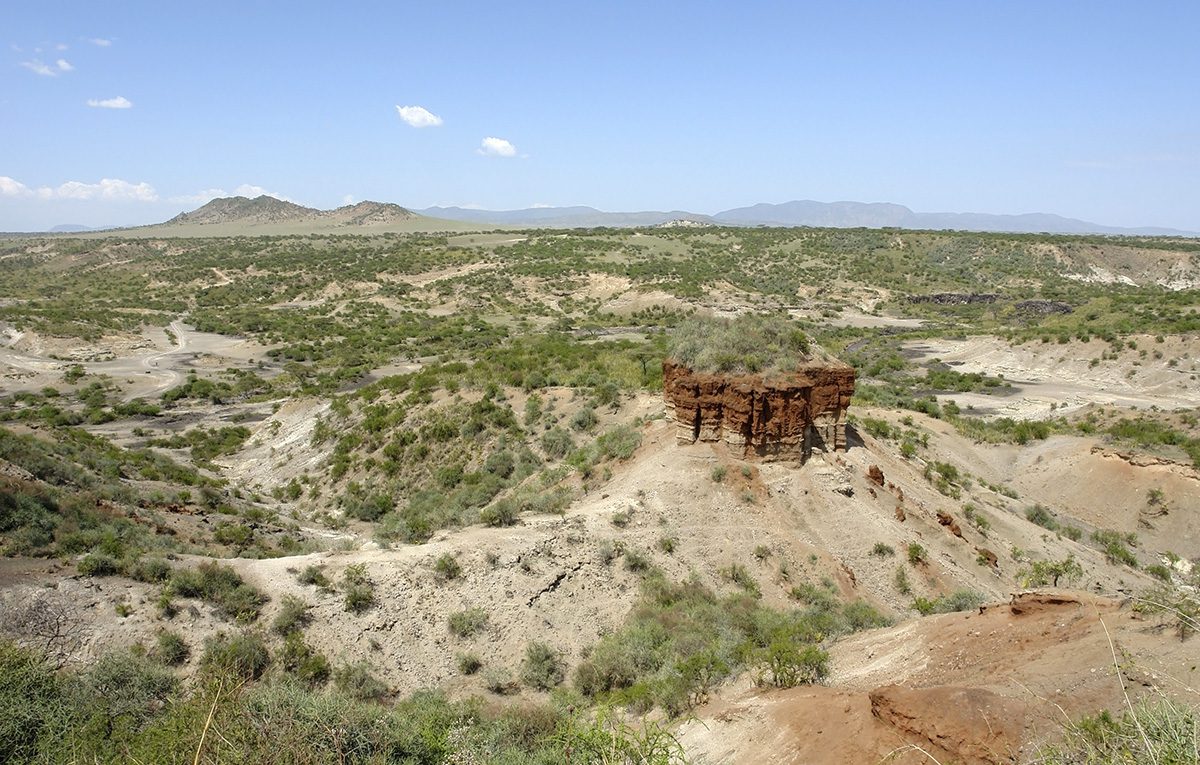
[ AWL-doo-vahy ]
Oldupai/Olduvai is a canyon 30 miles long and 295 feet deep, making it a particularly steep ravine of the Great Rift Valley. It’s one of the most important paleoanthropological sites in the world, famous for the excavations performed by Drs. Louis and Mary Leakey in the mid-20th century.
Mt. Kilimanjaro
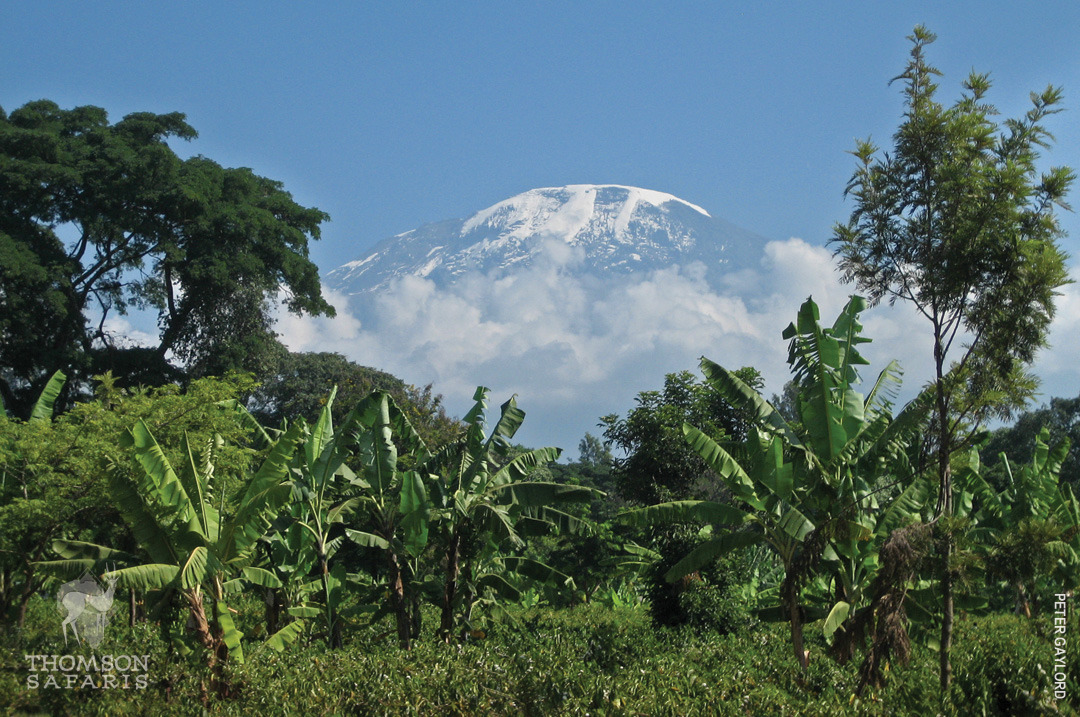
[ kil-uh-muhn-JAHR-oh ]
Standing at 19,341 feet, Mt. Kilimanjaro is one of the world’s seven summits. It’s also the world’s tallest free-standing mountain, the highest point in Africa and home to five distinct ecological zones, ranging from rainforests to glaciers. Over 25,000 people attempt to climb to the Roof of Africa annually; notably, Thomson has a 98% summit success rate.
Ngorongoro Crater
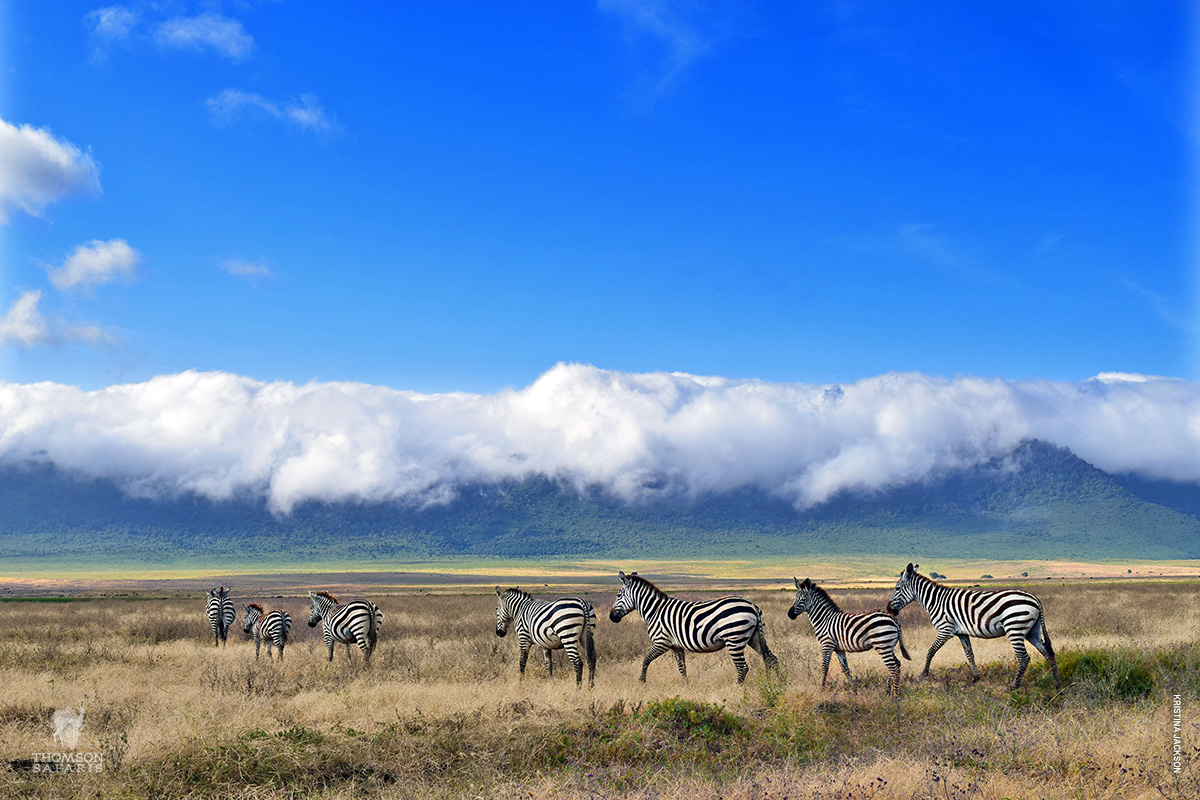
[ in-gore-ohn-GORE-oh ]
At about 12 miles wide, Ngorongoro Crater is the world’s largest unbroken caldera and home to the highest density of mammal life in East Africa. Within its towering walls are forests, lakes, sprawling grasslands and more. Here is one of the few places guests can see all of the Big Five in one day!
Serengeti
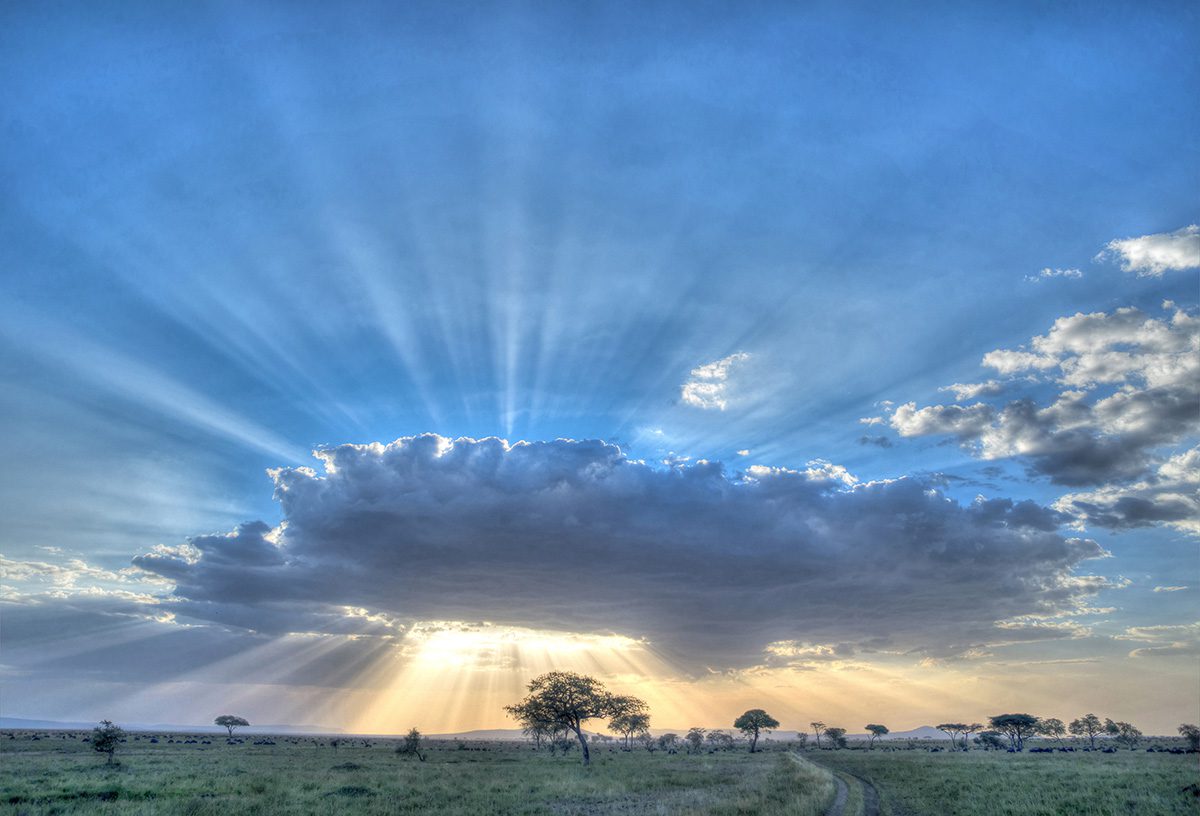
[ ser-uhn-GET-ee ]
Translating to “land that flows on forever” in the Maasai language, the Serengeti is Tanzania’s most famous national park. Its vast plains are home to millions of wildebeest that move continuously in the Great Migration. In the Serengeti travelers regularly see wildlife in awe-striking abundance. Lions, cheetahs, zebras, herds of giraffes and more are generally highly visible.
Tarangire

[ tar-n-GEAR-reh ]
Tarangire is sometimes called a “Mini Serengeti” because it has similar wildlife on a smaller scale. It’s located to the south-east of Lake Manyara and is a popular stop on many safari itineraries.
Zanzibar
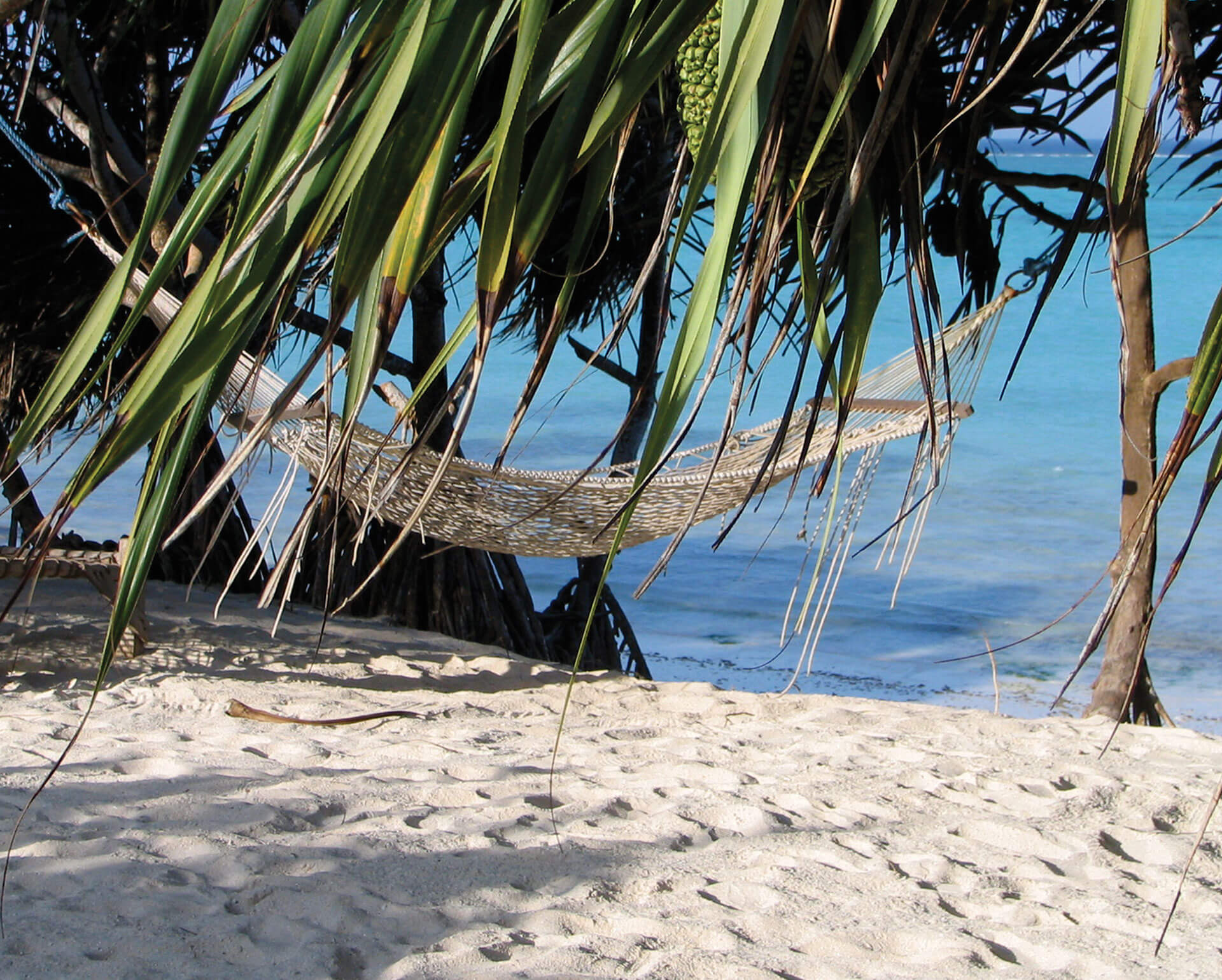
[ ZAN-zee-bar ]
Located 20 miles off the Tanzanian coast is Zanzibar, an archipelago known as the Spice Island due to its long history in the spice trade. Safari travelers like to finish up their trip among the island’s turquoise water and sandy beaches. Snorkeling and kayaking are popular diversions on the water. On land, Stone Town’s narrow streets, old spice farm excursions and open-air bazaars make it worthy of adventure.
Common Safari Terms
Balloon Safari

Floating in a hot-air balloon offers a completely new perspective of the Serengeti. From your wicker basket in the sky, you can see the sun rising over the sprawling plains. It’s simply magical–and to top it off, an English breakfast in the bush always follows. Here are 5 reasons Thomson guests choose balloon safaris.
Big Five
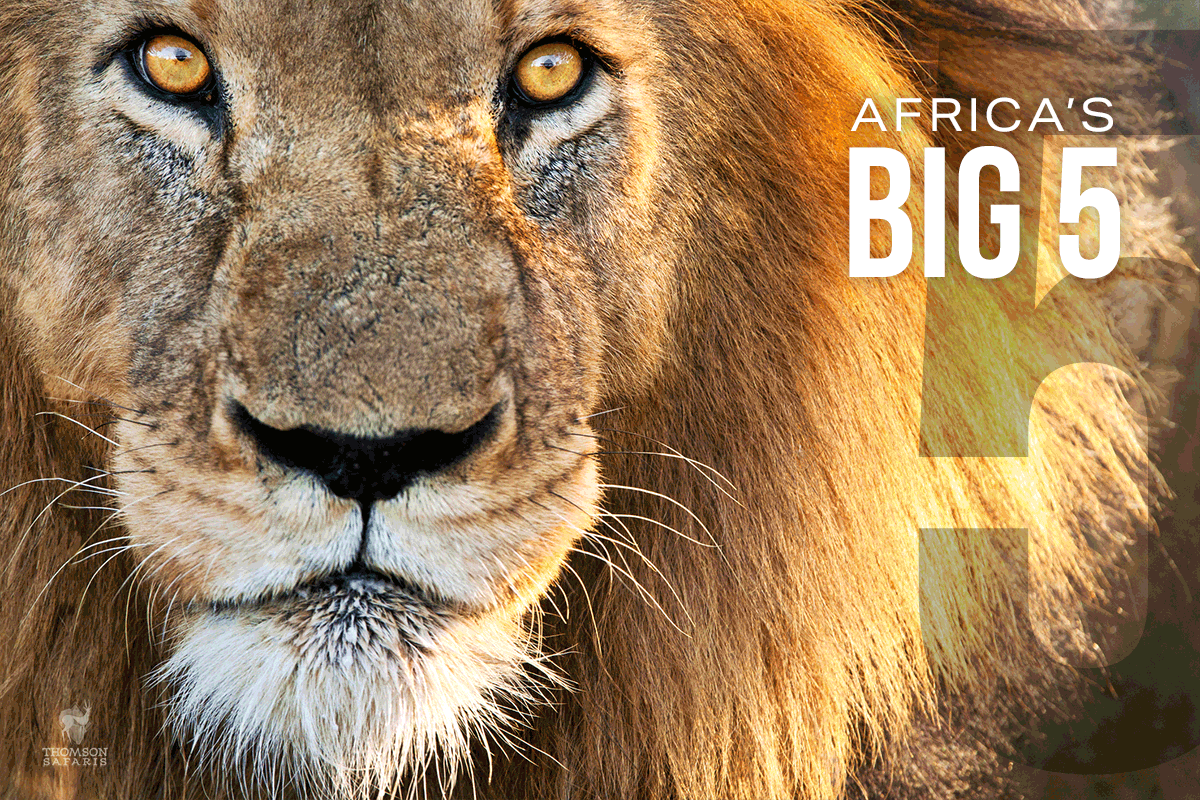
Africa’s Big Five is a list of five of the most sought-after species on a wildlife spotting safari: lion, elephant, rhino, leopard and buffalo. In places like Ngorongoro Crater, it’s possible to see all five animals in one day. Most of the Big Five can be easier to find when you have an expert guide leading the way.
Bush
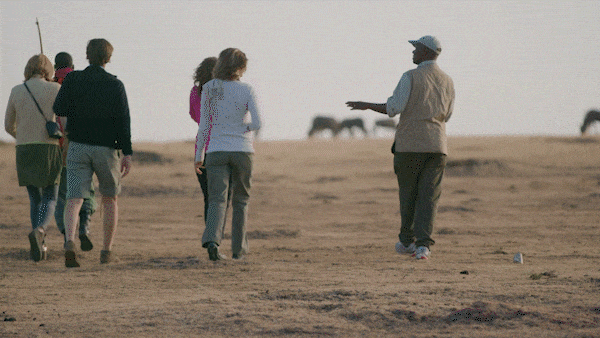
This is a broad term indicating any wild land. In Tanzania, you’ll head “into the bush” when you go on safari. Depending on your location, you may even have time for a morning “bush walk” with your guide, exploring the region by foot and keeping an eye out for scat, prints and other signs of wildlife.
The Great Migration
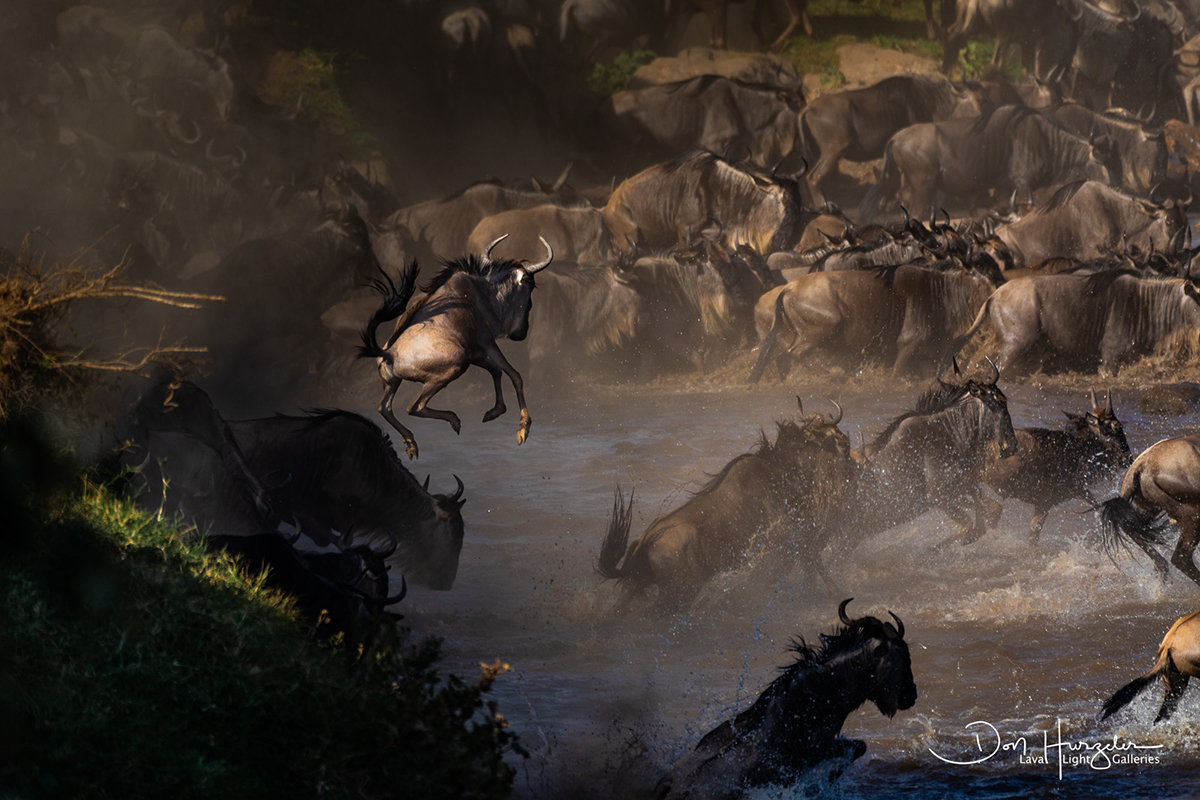
The constant migration of some two million wildebeest, zebras and gazelles throughout the Serengeti ecosystem. Over 85% of it occurs in the Tanzania, offering dramatic sights such as river crossing and predator-and-prey action. Learn more about when you can see the Great Migration.
Kopje
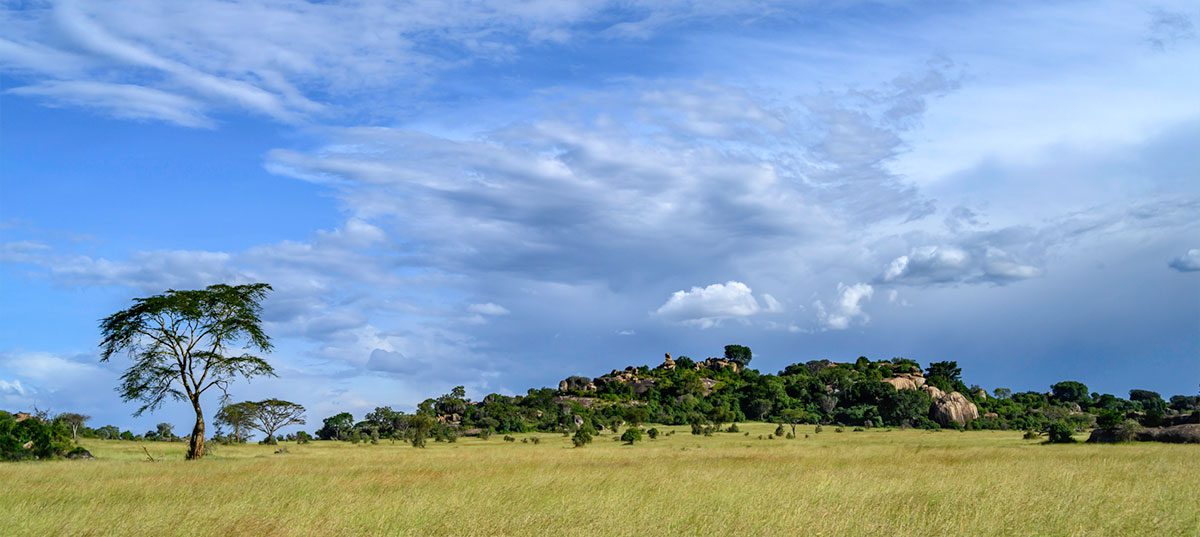
[ COP-ee ]
Kopjes are like rocky islands jutting out of the Serengeti plains. They contrast greatly with the grasslands and provide habitat for wildlife and plants. Notably, lions like kopjes for their high perches and opportunities to hide their cubs. They also like to laze around on the rocks!
Maasai
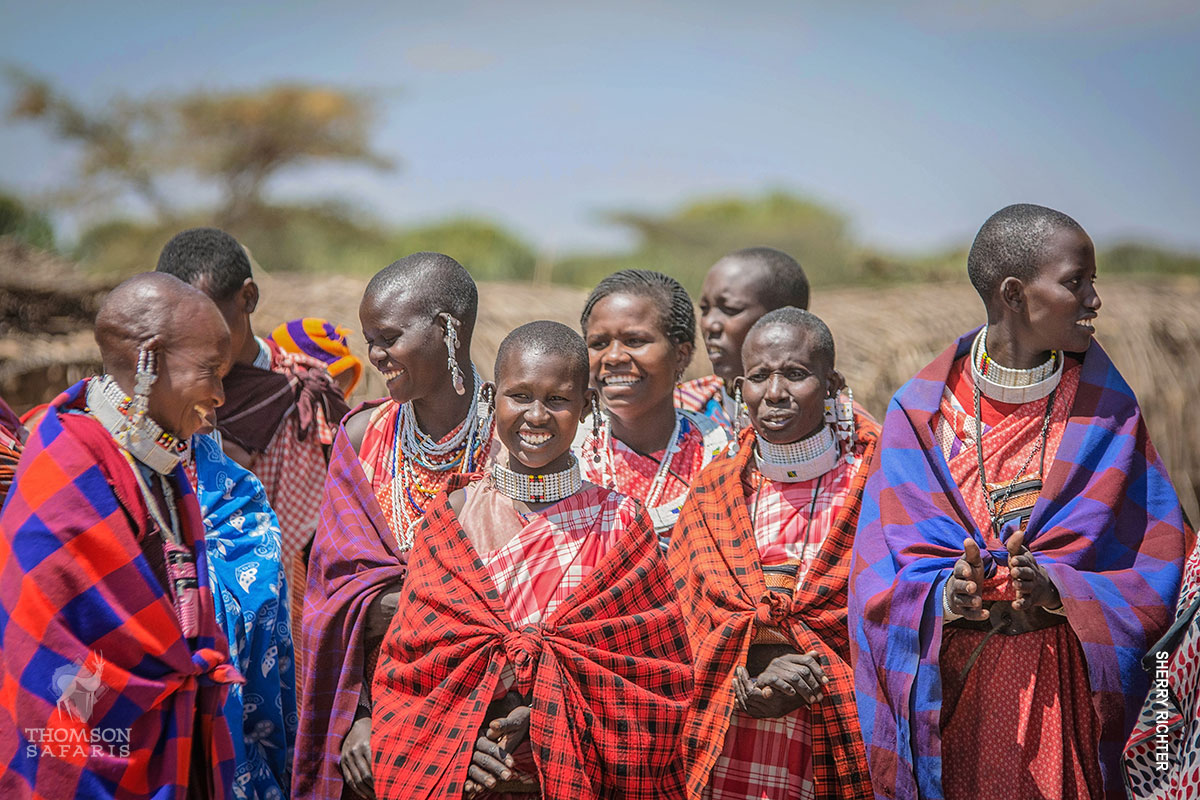
[ MAA-sigh ]
The Maasai are one of the most well-known of Tanzania’s 120+ ethnic groups. Their red garments and elaborate beadwork easily distinguish them. Many live as semi-nomadic pastoralists just as their ancestors did for thousands of years, herding cattle, sheep and goats. On select Thomson safaris, you’ll have the opportunity to visit Maasai communities for a cultural exchange. You’ll have questions for them, and they’ll have questions for you!
Night Drive
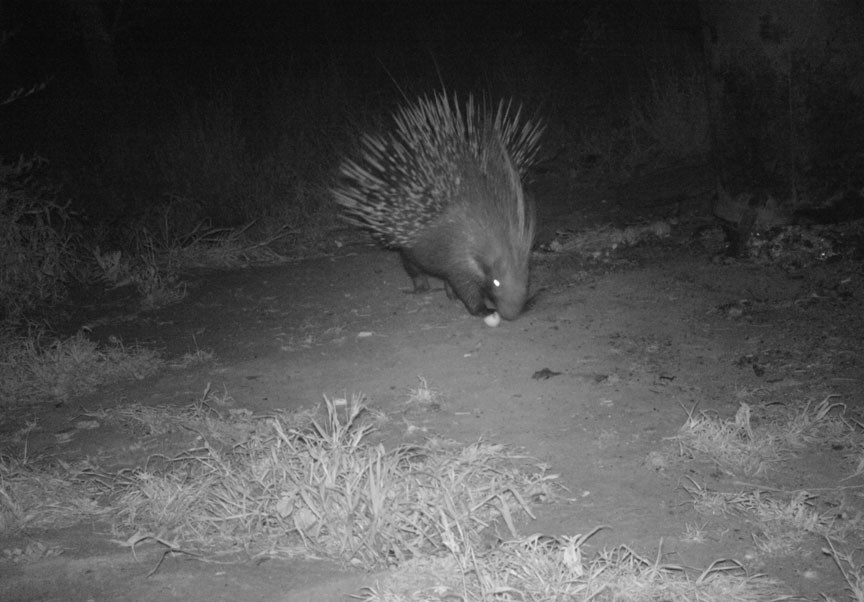
Night drives are like your normal daytime safari outing, except that you have a higher chance of seeing nocturnal animals, such as the aardvark, porcupine and specific bird species. Night drives are only permitted in areas outside the national parks. They can be exciting, as you a chance to see predators at night, during active hunting hours.
Sun Downer
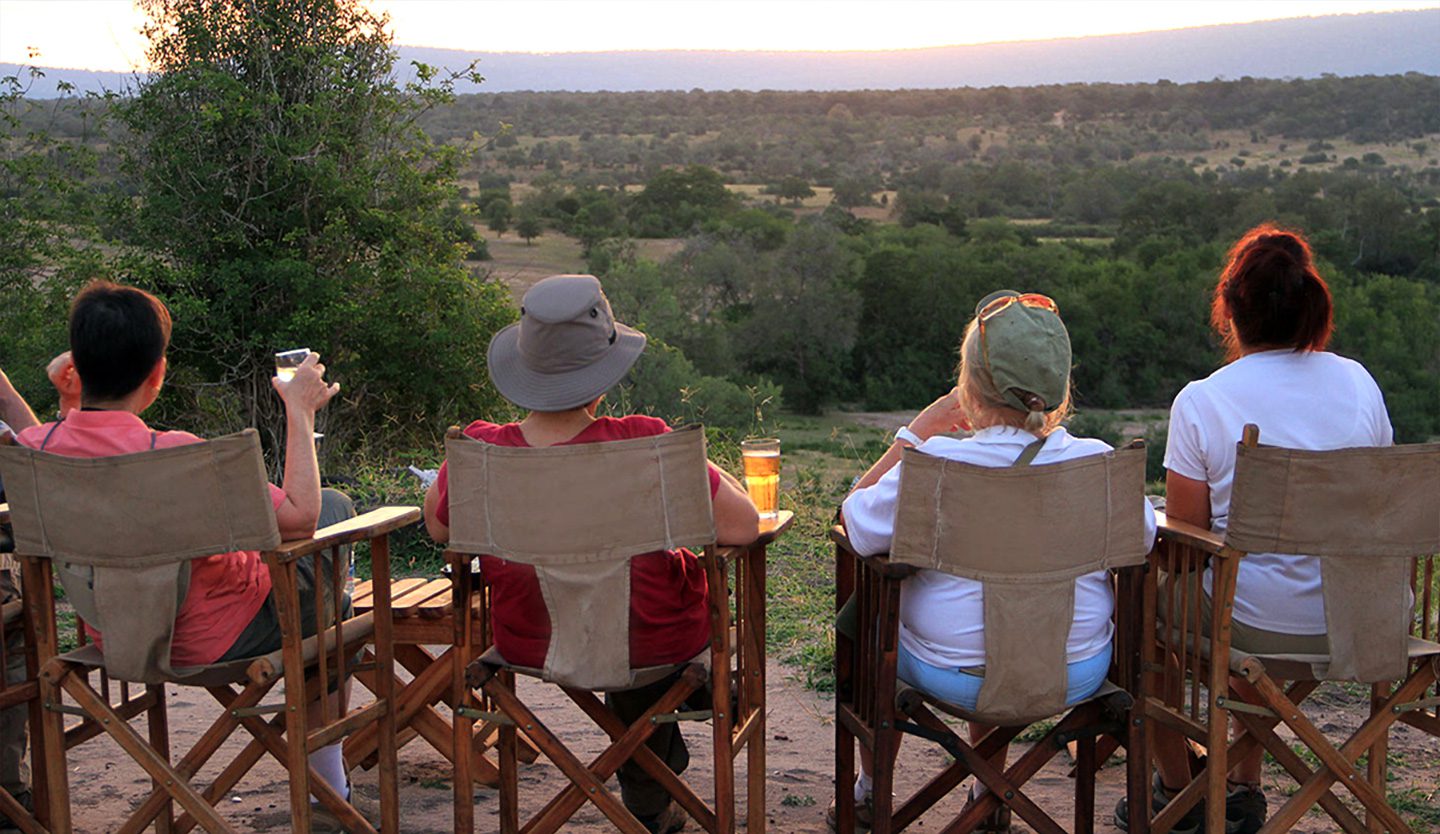
Happy hour out in the bush! This term can refer to the time around sunset when you’re sitting down for your cocktail, or it can refer to the drink itself. Traditionally, this would have been a gin and tonic–not only did early safarigoers find it refreshing and delicious, but tonic water also contains quinine, a common treatment for malaria.
Tusker
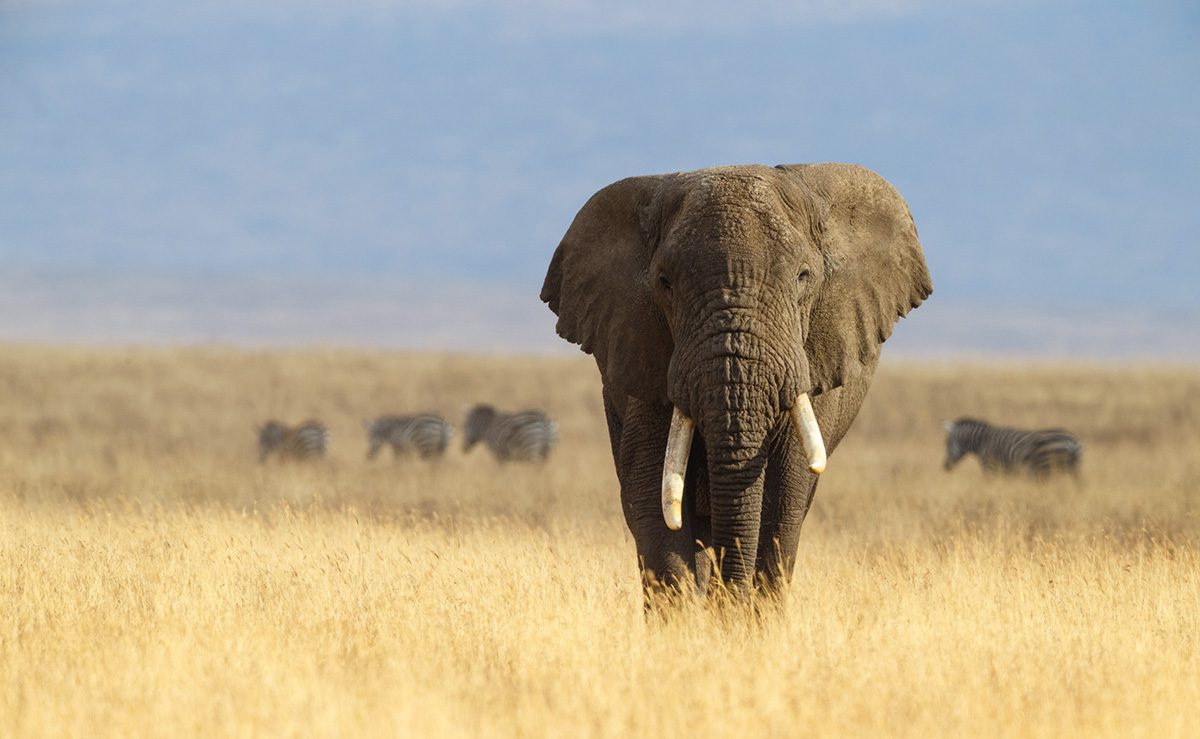
Old elephants whose tusks have grown to impressive sizes earn the name “tusker.” In Tanzania, you might spot a tusker in the Serengeti or the Ngorongoro Crater due to the ever-present water sources and grasses that are easy to chew.

